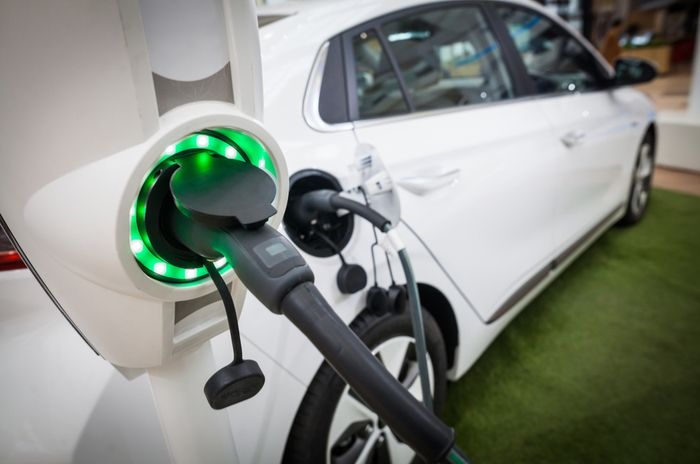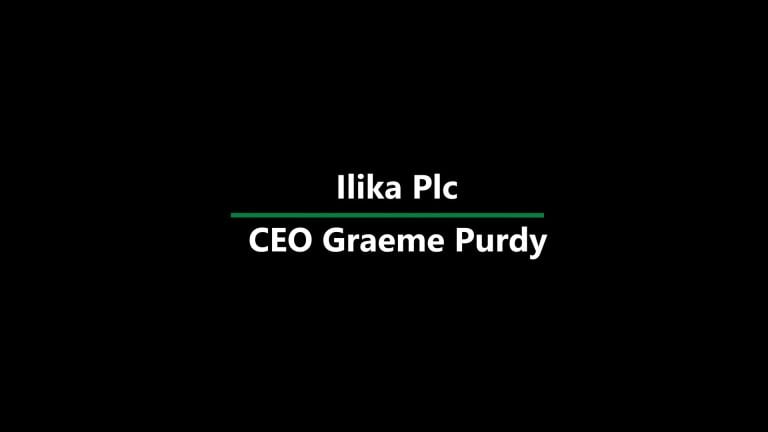Ilika plc (LON:IKA) Chief Executive Officer Graeme Purdy caught up with DirectorsTalk for an exclusive interview to discuss their agreement with the UK Battery Industrialisation Centre, their Goliath pouch cells, increasing capacity at the Romsey facility and addressing the cordless domestic appliances market.
Q1: Great to see your announcements about your agreement with the UK Battery Industrialisation Centre, could you please explain what the centre does?
A1: So, the UK BIC is part of the investment that the UK’s Faraday Battery Challenge has made, about a third of the £256 million that was put aside for investment in the UK, Faraday Battery Challenge has gone to the BIC.
It’s a product development facility that’s being built, actually commissioned at the minute, in Coventry and it’s actually an open access facility, which means that companies like Ilika can implement their battery technology there and use the facility to produce lithium-ion cells.
So, the minute they are focusing on a first phase of implementation to support, let’s call them conventional lithium-ion cells, but there’s a second phase of development which will also support solid state cells. We are keen is keen to work with the BIC to scale up our technology using that particular platform.
Q2: Now, you refer to your Goliath pouch cells, what’s the difference between your Stereax product and Goliath?
A2: The Stereax cells are made on a wafer, actually we use an inexpensive glass wafer and we deposit the materials using a vacuum deposition process, similar to what the MEMS industry uses, it’s the way that you make actuators and sensors and also actually the semiconductor industry.
Whereas the large format Goliath cells are printed using a screen printing approach and an inks because that’s a better way, a cheaper way, of handling large quantities of materials. So, that the vacuum deposition process for Stereax gives us very good control over the product architecture and gives us high quality miniature cells whereas the Goliath printed cells are more useful for a larger energy, larger capacity applications.
Q3: We see that you’re planning to increase the capacity of your facility in Romsey by a factor of ten and that’s by 2022. How will this be achieved?
A3: This is our facility for making the Goliath cells, currently we call it a pre-pilot line, it’s the facility that we showcased during our Capital Markets day in December of last year. There is a large amount of automation that we can implement which will allow us to get better control over product quality and defect control, and therefore reliability of the pouch cells that are produced here so that’s the next phase of development.
We will be moving from the largely manually-operated platforms that we have here at present and implementing statistical process control and automation.
Q4: Talking about the next stage, why have you chosen to collaborate with UK BIC for the next stage of scale-up?
A4: Well, the next stage involves going to a much larger scale of production to produce enough cells to support our initial commercial rollout and to secure the commercial adoption of our products.
There is significant government funding and support available for collaborators with the BIC, we’re expecting to be able to access some of that support to help develop the battery industry here in the UK.
We feel that that will give our shareholders the lowest risk approach with the best return on capital.
Q5: What comes after the UK BIC then?
A5: So, after the UK BIC, when we exceed the capacity of that facility, that facility will allow us to stabilise our process and manufacturer the initial quantities that are required, we’ll need to step up again in scale with a full manufacturing joint venture, where we will contribute our know how, our technology as an in kind contribution to the JV. We will leverage the manufacturing expertise of the JV partner in order to go into full production at larger scale.
Q6: You also mentioned addressing the market of cordless domestic appliances, could you give us some examples and explain why that’s an interesting sector for Goliath?
A6: Well, there’s a lot of interest, of course, in EVs and some of the early adopters of battery technology in the EV space are quite appealing vehicles, they’re usually high end cars and they make great headlines. Actually, in terms of rolling out a technology, we feel that there’s an opportunity to implement it very effectively with some of the smaller scaled battery opportunities.
All of the domestic appliance manufacturers who make things like vacuum cleaners and hairdryers and air dehumidifiers etc., they’ve all got a cordless roadmap so what I mean by that is that they are taking their portfolio of cabled mains-connected products and turning them into battery powered alternatives. That of course gives the user, the customers who buy them, a lot of flexibility in terms of where they can use their products and when they can use their products.
So, the intrinsic advantages of solid state batteries around high power density, compact design and long cycle life makes them ideal really for integration into some of these devices. I think they will offer Ilika an earlier adoption opportunity than EVs which, actually by their nature, have quite a long design time before the battery packs can be fully integrated into the vehicle design and then sold to the mass market.










































